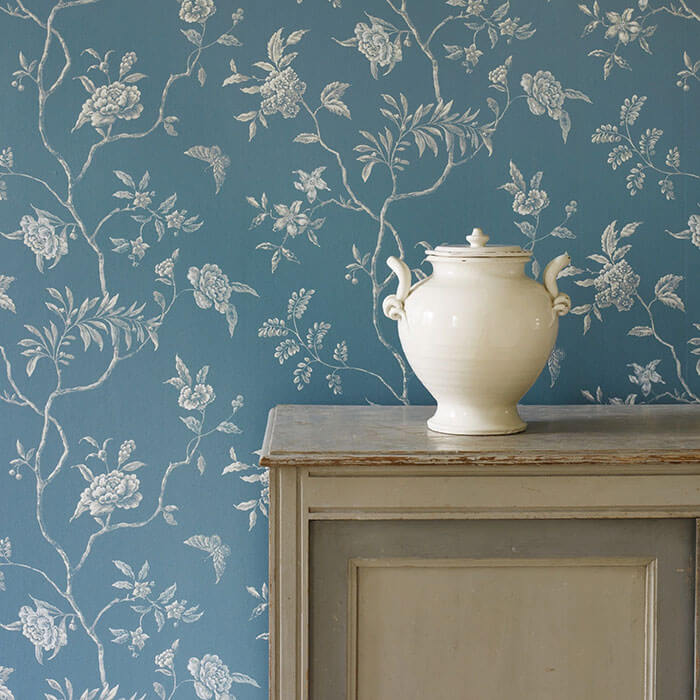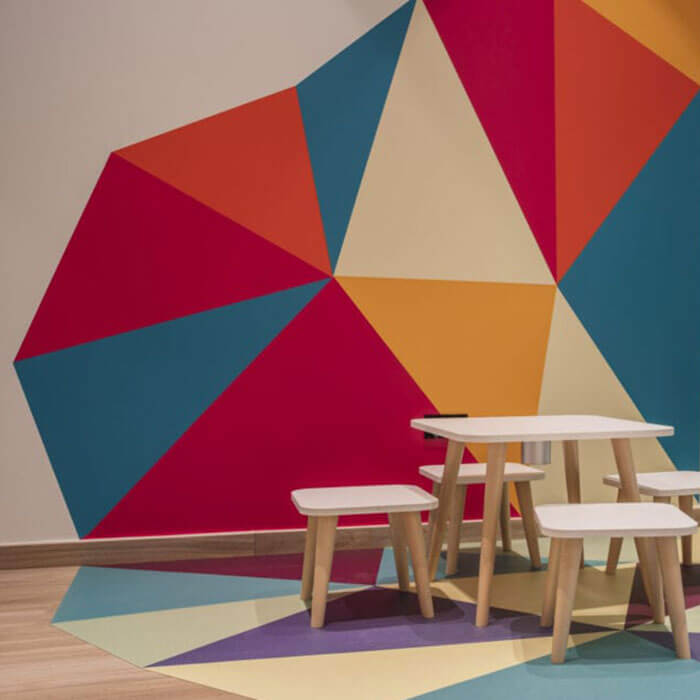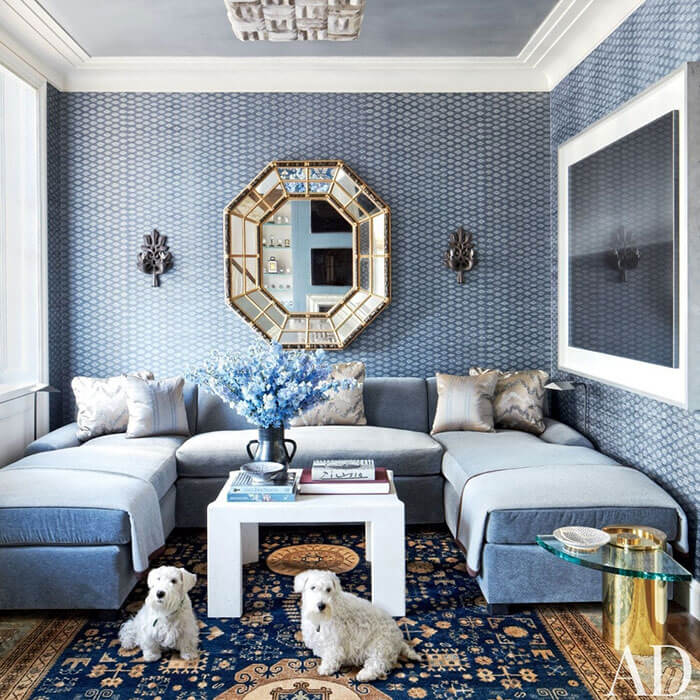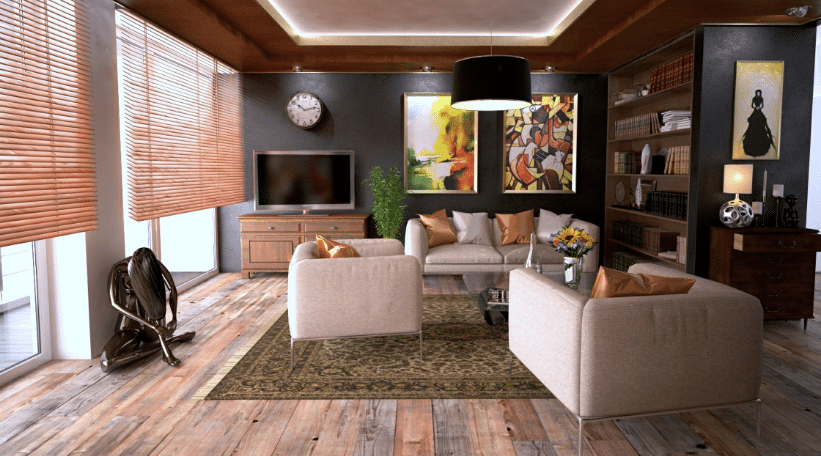Area rugs are everywhere in home decor.
Here are some tips for finding the perfect one for your space
By Tammy Adamson-McMullen
No doubt you’ve noticed that area rugs are everywhere! This isn’t only because wooden floors are everywhere, too, but because area rugs do so much to enhance the spaces around them.
An area rug can define, anchor, soften, warm, cozy up, refine, enliven or tone down a space, depending on the properties of the rug and the way it’s used.
Questions to Consider
Before you shop for an area rug, consider the goals you want to achieve. This will help you decide on the style, material, color, and pattern. Do you want to:
- Define an area—maybe a sitting nook within a bedroom? Choose a rug that fits the style of the furnishings in that area—like a traditional Turkish rug in a traditional space, a bright shag rug in a Mid Century Modern space, and so on.
- Anchor major furniture pieces, such as a dining room table and chairs? Most important is to select a rug that fits the furnishings (see section below). Additionally, consider rugs that have some depth of color and pattern, to draw attention to space.
- Soften the look of wood, tile or other hard surfaces? The sky’s the limit here, as rugs soften a space by their very existence.
- Make a drafty space feel more comfortable? Add rugs with a plush nap, such as chenille or faux animal fur. Synthetic rugs that mimic natural fibers can be used for this purpose, too, and have the added benefit of springing back into shape after use.
- Make your space feel homier? Sprinkle several rugs in a space and in a variety of sizes. Makes sure the styles and colorways work together.
- Create a more sophisticated look? Consider a large statement piece that adds artistic flair. The rug can stand alone or be anchored by carefully selected furniture pieces.
- Add a little excitement to a neutral decorating scheme? Go for color and pattern—as bold as you wish! Some of the most popular rugs on the market right now are brightly colored and have large-scale images with pizzazz.
- Temper a space that’s overflowing with color and pattern? Stick with solid colors and avoid patterns.
Size Matters
It’s not always easy selecting the right size of area rug for a given space. Experts point to a few guidelines:
- To select a rug for an entire room, measure the room first. Then purchase a rug that is 2 or 3 feet smaller in both width and length. The bare floor underneath will form a “frame” around the rug and make the room appear larger.
- This same type of frame is important in hallways and entryways, too. Choose runners that are about several inches narrower and about 2 feet shorter than the spaces around them.
- To define a space within a larger room, choose a rug that is about 2 feet larger than the space itself, so that the area doesn’t feel too confined.
- When anchoring furnishings, choose a rug that is at least 2 feet beyond the edge of the outermost pieces. When anchoring dining tables and chairs, add another 6 to 8 inches to this number. This will ensure that the back legs of the chairs don’t go beyond the rug when someone moves the chairs out to sit.
Think Outside the “Box”
When it comes to shapes, think outside the box. Rugs don’t have to be square or rectangular. Oval and round rugs can be good options, too, and might work better with your furnishings. Also, try layering rugs of different shapes and textures—for example, a faux animal fur on top of a larger natural fiber rug, such as sisal. Just make sure the layered pieces work with the rest of your furnishings.
With Pattern, Go Bold
If you opt for a patterned rug, don’t be afraid to go bold if your space allows it. Chevron, stripes and other geometrics are “in,” as are Kilim and other elaborate flat-weave rugs. What’s more, these patterned rugs are being used throughout the home, including the kitchen. Also in vogue are faded vintage rugs—a la “Antiques Road Show”—which are being used even in more modern settings.
Don’t Forget the Pad
Area rugs that don’t have a latex backing require a pad to keep them securely in place. Use a high-quality pad that won’t damage the floors below and be sure that it’s smaller than the rug on top—approximately 2 to 3 inches all around.
With these tips in mind, you’re sure to find the perfect rug for your space. But there’s one more tip to remember: Choose the rug that “speaks” to you! If you love the rug in the store, it almost certainly will work in your home.

 Interior Paints
Interior Paints Exterior Paints
Exterior Paints Primers
Primers Stains & Clears
Stains & Clears
 Paint Brushes
Paint Brushes Paint Roller
Paint Roller Paint Trays & Liners
Paint Trays & Liners Wallpaper
Wallpaper Design Services
Design Services Designer Fabrics
Designer Fabrics